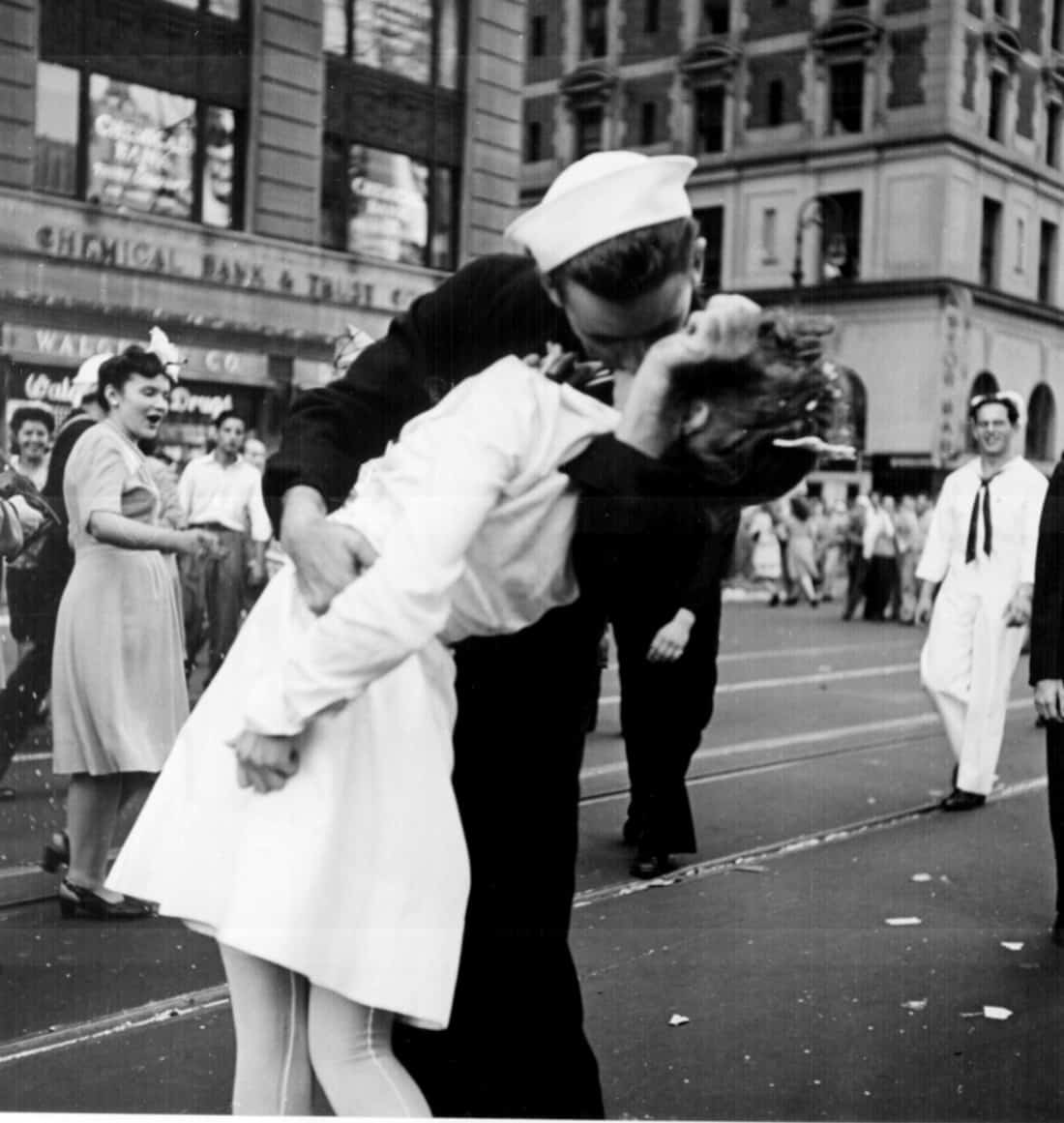The Framing Streets Statements
The Best Guide To Framing Streets
Table of ContentsThe Best Strategy To Use For Framing StreetsAn Unbiased View of Framing StreetsThe 7-Second Trick For Framing Streets10 Easy Facts About Framing Streets DescribedSee This Report about Framing StreetsUnknown Facts About Framing Streets
Digital photography style "Crufts Canine Show 1968" by Tony Ray-Jones Road photography (also occasionally called candid digital photography) is digital photography performed for art or query that features unmediated chance experiences and random events within public locations, usually with the objective of recording pictures at a crucial or touching minute by mindful framing and timing. 
, who was motivated to carry out a similar paperwork of New York City. As the city created, Atget helped to promote Parisian roads as a worthy topic for photography.

Framing Streets Fundamentals Explained
The principal Mass-Observationists were anthropologist Tom Harrisson in Bolton and poet Charles Madge in London, and their initial record was generated as guide "May the Twelfth: Mass-Observation Day-Surveys 1937 by over 2 hundred onlookers" [] Home window cleaner at Kottbusser Tor, Berlin, by Elsa Thiemann c. 1946 The post-war French Humanist School photographers found their subjects on the road or in the diner. Andre Kertesz.'s commonly admired Images la Sauvette (1952) (the English-language edition was titled The Definitive Moment) promoted the concept of look at these guys taking a photo at what he described the "definitive minute"; "when kind and material, vision and composition merged right into a transcendent whole" - Best Zoom Lens.
The Main Principles Of Framing Streets
The recording machine was 'a surprise cam', a 35 mm Contax concealed underneath his coat, that was 'strapped to the breast and connected to a long cord strung down the ideal sleeve'. However, his job had little contemporary influence as because of Evans' level of sensitivities regarding the creativity of his project and the privacy of his subjects, it was not released up until 1966, in the publication Many Are Called, with an intro composed by James Agee in 1940.
Helen Levitt, then an educator of young children, connected with Evans in 193839. She recorded the temporal chalk drawings - sony a7iv that belonged to kids's road culture in New York at the time, in addition to the youngsters that made them. In July 1939, Mo, MA's brand-new photography section consisted of Levitt's job in its inaugural eventRobert Frank's 1958 book,, was significant; raw and frequently out of focus, Frank's images questioned traditional digital photography of the time, "challenged all the official policies laid down by Henri Cartier-Bresson and Walker Evans" and "contradicted the wholesome pictorialism and wholehearted photojournalism of American publications like LIFE and Time".